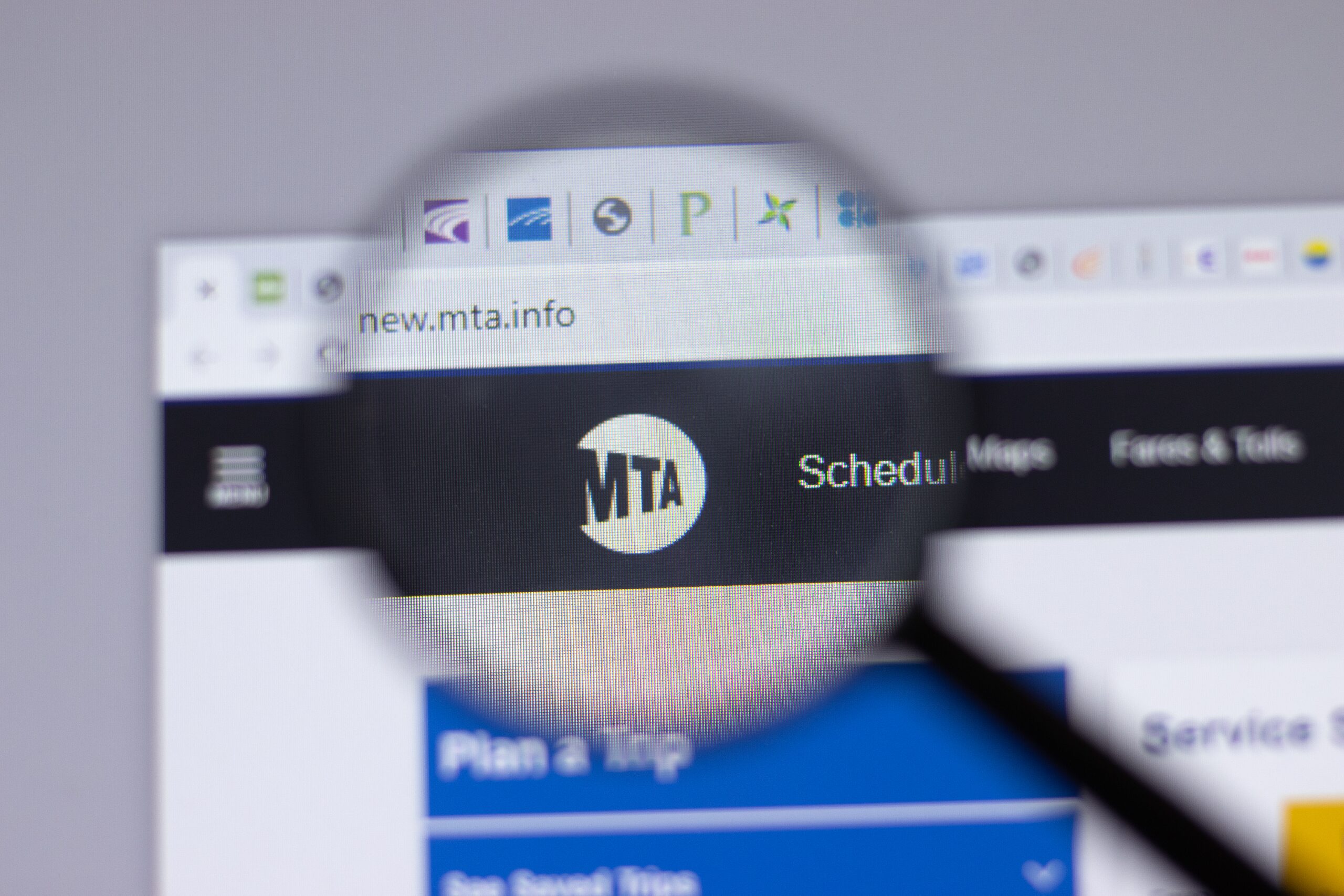Second Circuit Finds Procedural Error in Judgement Based on Pre-Motion Proceedings
Only rarely do decisions of the United States Court of Appeals for the Second Circuit delve into the realm of pre-motion letters and pre-motion conferences. But that’s what happened recently in Kowalchuck v. Metropolitan Transportation Authority.[1] The court’s ruling there provides helpful guidance on pre-motion issues and related procedural safeguards.
The EDNY’s Underlying Decision
The plaintiff in Kowalchuck was a former MTA police officer who sued the MTA in the Eastern District of New York, alleging negligence under the Federal Employers’ Liability Act, for injuries sustained while clearing snow at an MTA property. After discovery and in accordance with the EDNY’s judge’s procedural rules, the MTA filed a pre-motion letter requesting a conference with the district court to discuss its anticipated motion for summary judgment. Its letter argued that the plaintiff could not establish the elements of a negligence claim and that it had provided a safe working environment. With that filing, the MTA also submitted an unsigned proposed statement of facts that appeared to incorporate Kowalchuck’s responses to those facts and his proposed counterstatement of facts.
Prior to receiving any pre-motion response from the plaintiff, the EDNY granted the MTA’s request for a pre-motion conference and directed the parties to be prepared to address the contemplated motion. At that conference, after giving both sides the chance to address plaintiff’s claim orally, the district court deemed the MTA’s motion as having been made and denied it. Because there had been no court order specifically instructing plaintiff to respond in writing about the MTA’s planned motion for summary judgment, he never did so.
Two years passed, in part because of COVID-related delays. Then the district court scheduled a bench trial. A mere four days before trial was set to begin and with no notice to either party, the district court reconsidered its previous denial of summary judgment (which had been motioned for by the MTA two years before), and granted summary judgment in the MTA’s favor. Kowalchuck appealed.
The Law on Pre-Motion Procedure & Sua Sponte Summary Judgment
On appeal, the Second Circuit addressed pre-motion requirements. The court observed that “it is a common practice in this Circuit for district courts to require parties to request a conference before filing a motion and submit letters describing the grounds for the proposed motion.” Often limited by judges’ rules to a few pages, such letters are typically intended only to summarize the parties’ positions before their submission of full briefing, including, depending on the motion at issue, accompanying papers providing factual support. The Second Circuit observed that these pre-motion procedural tools can help district courts manage their dockets by potentially weeding out frivolous motions and narrowing the issues.
The Second Circuit noted, however, that despite the streamlining usefulness of such tools, a district court’s pre-motion requirements “cannot operate to prevent parties from moving for – or opposing – summary judgment.” (The court qualified this statement with reference to certain exceptional circumstances, such as when a litigant has a demonstrated history of filing frivolous, vexatious litigation.)
The Second Circuit also explained that, although a district court has the power to grant summary judgment sua sponte (i.e., on its own and without waiting on a formally filed motion by a party), the district court can validly do so only after giving the parties notice and a proper chance to be heard. Absent notice or the opportunity to present relevant evidence (something Kowalchuck didn’t have the opportunity to do), a party will be procedurally prejudiced by any summary judgment against it or by the court’s reconsideration of a previous summary judgment denial.
The Second Circuit’s Rejection of the EDNY Judgment
Applying these legal principles, the Second Circuit concluded that the district court had committed serious procedural error.
First, the court held that the EDNY erred by failing to give notice to Kowalchuck before reconsidering its prior ruling and granting summary in the MTA’s favor. Second, the court held that the EDNY erred by not affording plaintiff the opportunity, much less a “full and fair” one, to submit evidence challenging the MTA’s facts or legal arguments. Third, the court held that the EDNY erred by granting summary judgment without a proper record, including because certain evidence had been merely referred to but not included in defendant’s papers, and because plaintiff had not had an opportunity to comment or object to defendant’s proposed evidence or to submit its own evidentiary support.
The Second Circuit’s decision recognized that, in the appropriate circumstances, district courts can legitimately construe pre-motion letters as the motions themselves. Indeed, the Second Circuit has “approved this practice with respect to the resolution of non-dispositive motions and the denial of dispositive motions.” (emphasis in original). And although the Second Circuit further recognized that it has “occasionally affirmed the granting of dispositive motions without full briefing,” the court noted that it has expressed concerns with that truncated approach, and that it has “done so only when the issues were predominantly legal” and the plaintiff’s complaint suffered from substantial deficiencies.
None of those circumstances were present in the case before it, the Kowalchuck appellate court made clear. The lower court had granted summary judgment, a dispositive motion that is generally highly fact-intensive.
Finally, seeking to leave no room for confusion as to a party’s right to be heard, the Second Circuit stated: “We repeat ourselves more forcefully here: If a district court believes it should grant summary judgment (or other dispositive relief) based on pre-motion letters, it must give the party opposing the motion notice and an opportunity to be heard, including, with respect to a request for summary judgment, the opportunity to submit evidence.”
Because Kowalchuck had been deprived of a fair chance to be heard on the merits, the Second Circuit vacated the EDNY’s judgment and sent the case back to that court so that he would actually have that opportunity.
Recommendations for Litigators on Pre-Motion Proceedings
Carefully review your judge’s individual rules regarding pre-motion procedure.
Ensure your pre-motion letters are as well-researched, well-supported, robust, and persuasive as reasonably possible – you might never know when the court will choose to resolve a non-dispositive motion or deny a dispositive motion based solely on pre-motion submissions.
If you suspect that a district court’s decision in pre-motion practice deprived your client of a fair opportunity to be heard, you might be right – check Kowalchuck and don’t delay filing any appropriate appeals.
[1] No. 22-1921-CV, 2024 WL 791276 (2d Cir. Feb. 27, 2024).
 This article is intended as a general discussion of these issues only and is not to be considered legal advice or relied upon. For more information, please contact RPJ Attorney Gregory Feit who counsels clients on employment law, litigation, arbitration, negotiation, and trial advocacy. Mr. Feit served is admitted to practice in New York.
This article is intended as a general discussion of these issues only and is not to be considered legal advice or relied upon. For more information, please contact RPJ Attorney Gregory Feit who counsels clients on employment law, litigation, arbitration, negotiation, and trial advocacy. Mr. Feit served is admitted to practice in New York.

